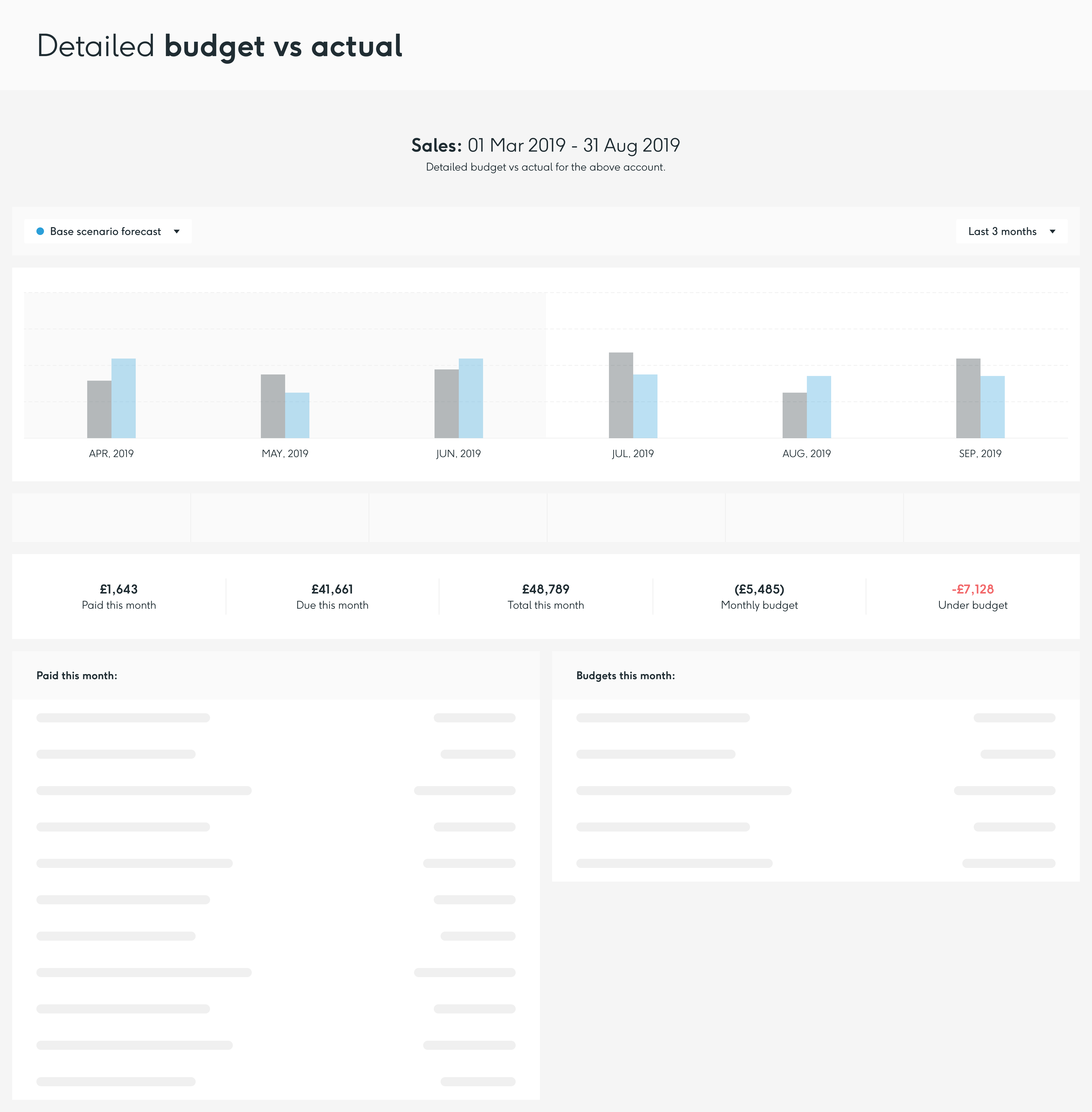How often should you do your cash flow forecast, and how granular does it need to be?

One of the frequent requests we get at Float is for daily cash flow forecasting. A lot of businesses are interested in more granular forecasts to get better insights into how their available cash changes day by day. And with good reason: Even if you have a big invoice being paid to you in a couple of days, if you reach your overdraft limit today, you may still be in trouble. It’s worth keeping on top of your cash flow! We’ll take a look at how often you should do your forecasting, for some tips on what to do and when.
Daily
Small businesses, especially those who are going through difficult financial times may want to review their forecast on a daily basis. Being able to see how much is going out and coming in to your accounts every day can really help you manage your cash – ask for extended payment terms, chase up the right invoices or talk to your bank manager for an overdraft if you know you’re going to be short of cash for a couple of days.
Float is currently beta testing daily cash flow forecasting, letting you see your cash flow for the coming month(s) broken down by day. This is a great way to get detailed insights into your business cash flow, and you’ll have better control of what invoices are coming up, so you can tell any creditors that payment will be late, and maintain good relationships even in tough times. Want to try it out? Get in touch with us over at our contact us page.
Weekly
Even when your business is running smoothly, you might want to understand how you’re doing on a week-by-week basis. Being able to schedule in bigger purchases can be smart – so that you buy those new computer kits in a week where you don’t also pay out salaries, your VAT bill and pay for train tickets. Many also set weekly budgets, meaning that you can plan your spend and minimise risk. As with cash flow forecasting in general, it’s about being smart with your cash – which is why we are passionate about cash flow forecasting.
Monthly
Most businesses will do their accounts, budgets and forecasts on a monthly basis – even if you may still check in every week or even every day to see how things are changing. Float was initially built to do monthly cash flow forecasts, and we focus on up to 18 months into the future, as your accuracy will decrease the further into the future you move. With monthly forecasting, you get a good understanding of how your healthy your bank balance will be at the end of the month, but it’s still important to make sure you don’t hit any overdraft limits or run temporarily out of cash in the middle of the month.
Quarterly
If your company is in a great place with money, you have predictable and reliable income and fixed expenses that don’t exceed your receivables, then you probably have other things to spend your time on than cash flow – but don’t forget that business finances can change rapidly. You should probably still review your cash flow on a monthly basis, but a quarterly check-in with board and management with the high level projections per quarter can be a useful and time-efficient way to share financial insights without spending a lot of time on it. And why not use the quarterly cash flow forecast to inform spending decisions? A useful article on quarterly business health checks can be found here – don’t underestimate the value of cash flow forecasting.
Lastly, we should probably also mention yearly cash flow forecasting as well – although we would not recommend only reviewing your cash flow on a yearly basis! What can be quite useful is to review your cash flow for Year to Date against your projections, to see how you’re performing.
In the end, it comes down to what situation your business is in, what insights you need to make the right decisions, and what information external parties like investors, banks or the HMRC. Most businesses who fail do so because they run out of money, and making sure you have a clear overview of when you might get close to running dry is a good way to ensure you can plan ahead. Check out these tips for dealing with creditors and HMRC when cash flow is tight, and use Float to inform your business strategy.
And remember, if you do frequent forecasting, you’ll probably be better off than if you use the forecasting stone.


